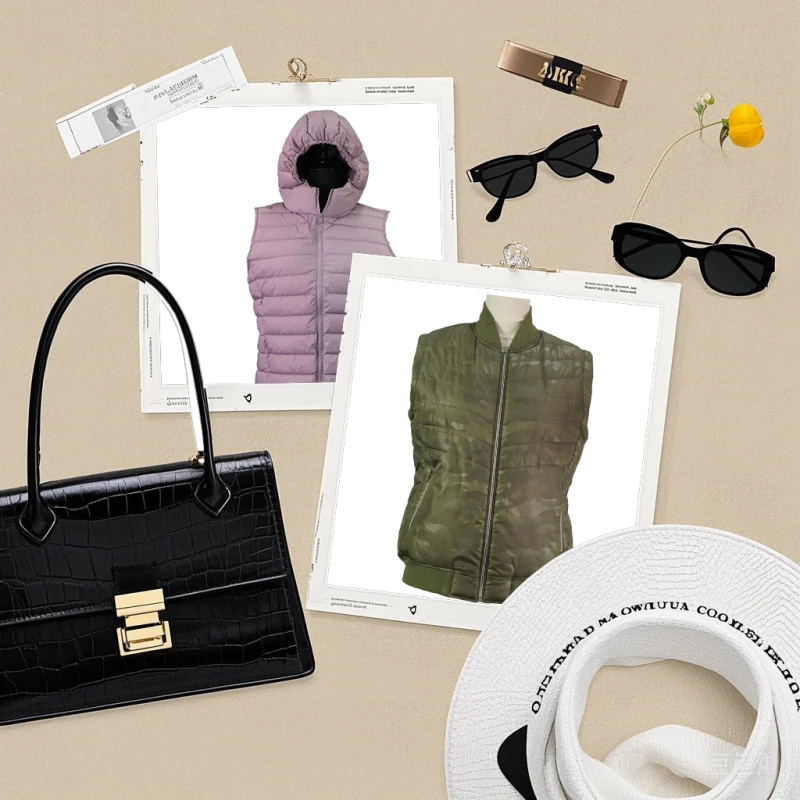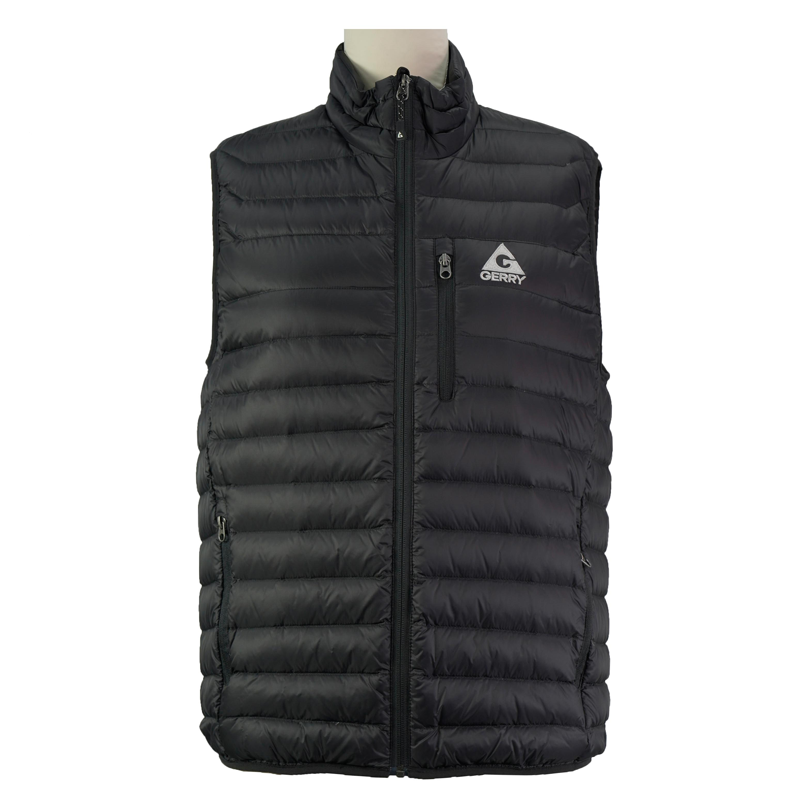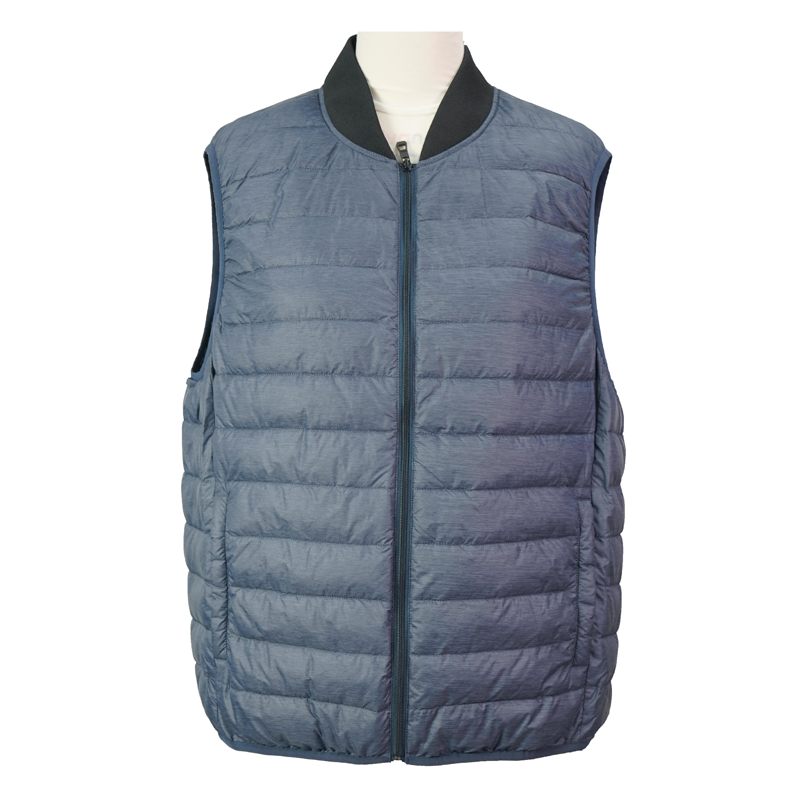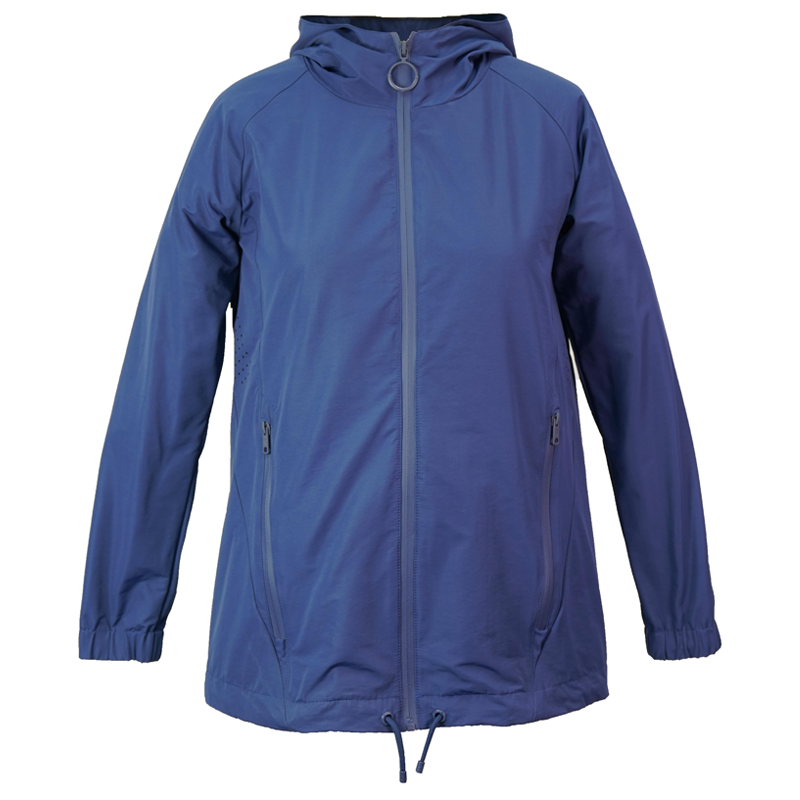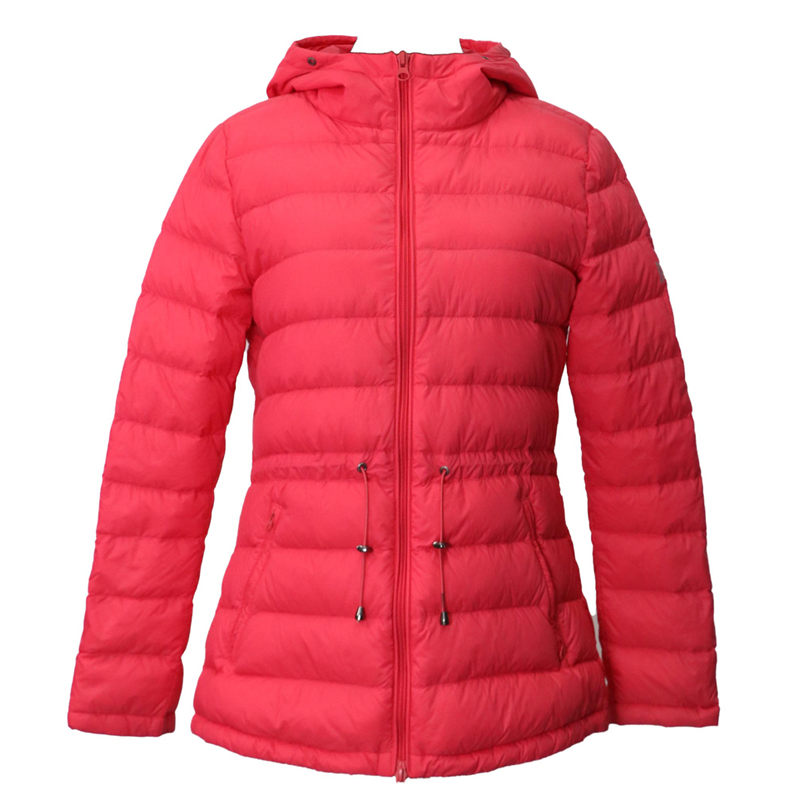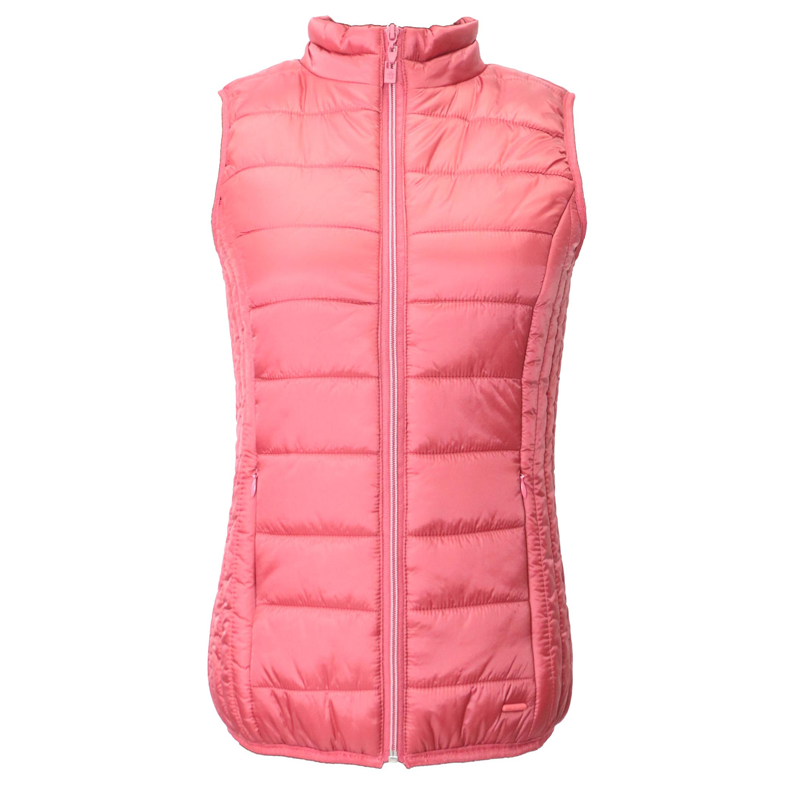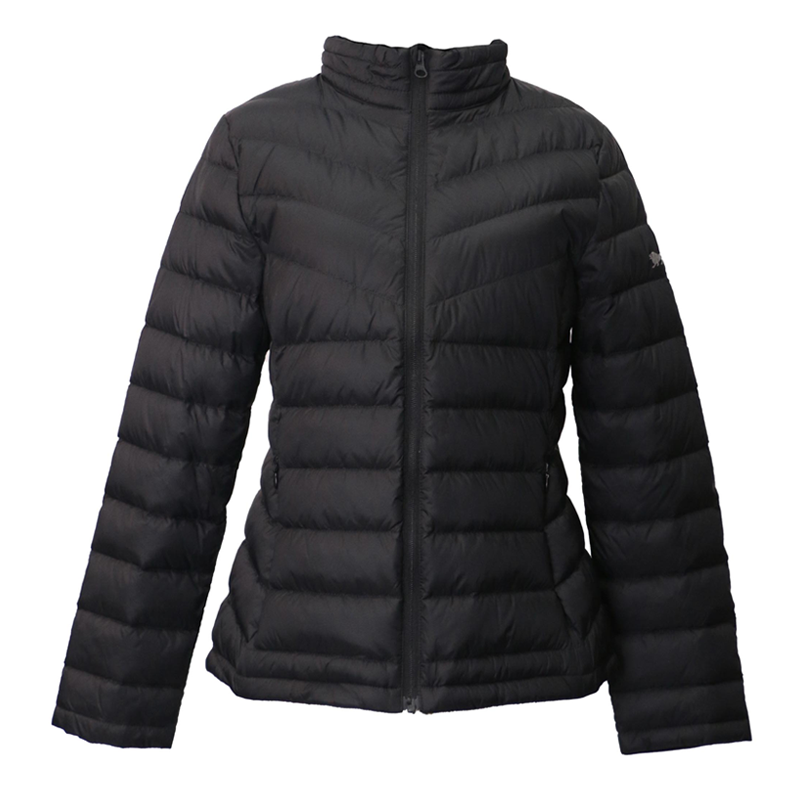When it comes to layering for warmth and style, two popular options often come to mind: down puffer vests and quilted vests. Both serve as versatile additions to one's wardrobe, but they differ in materials, insulation properties, aesthetics, and functionality. In this article, we'll delve into these differences, backed by research data, and introduce how JIANGSU OVERSEAS FAREAST INDUSTRIAL CO., LTD. integrates these designs into their product offerings.
Understanding Down Puffer Vests
Down puffer vests are insulated with the soft plumage found beneath the feathers of ducks or geese. This natural down creates thousands of tiny air pockets that trap heat, offering exceptional warmth without significant weight. The "puffer" design refers to the quilted sections that hold the down in place, giving the vest its characteristic bulging appearance.
Key Features:
Insulation Efficiency: Down provides one of the highest warmth-to-weight ratios among insulating materials.
Compressibility: Down vests can be packed tightly, making them convenient for travel and outdoor activities.
Breathability: Natural down allows moisture to escape, aiding in temperature regulation during varying activity levels.
Market Insights:
The global down jacket market, which includes down vests, was valued at approximately US$157.4 billion in 2022. It's projected to grow at a CAGR of 12.8%, reaching around US$456.0 billion by 2031.
Exploring Quilted Vests
Quilted vests, on the other hand, refer to the stitching pattern that creates a quilt-like appearance. The term "quilted" describes the method of stitching the outer fabric, insulation layer, and lining together in a patterned design. The insulation material can vary, including synthetic fibers, fleece, or even down.
Key Features:
Versatility in Insulation: Depending on the fill, quilted vests can cater to different warmth requirements and preferences.
Aesthetic Appeal: The quilted pattern offers a classic and often more streamlined look, suitable for both casual and semi-formal settings.
Durability: Synthetic insulation materials used in some quilted vests can offer enhanced durability and moisture resistance compared to natural down.
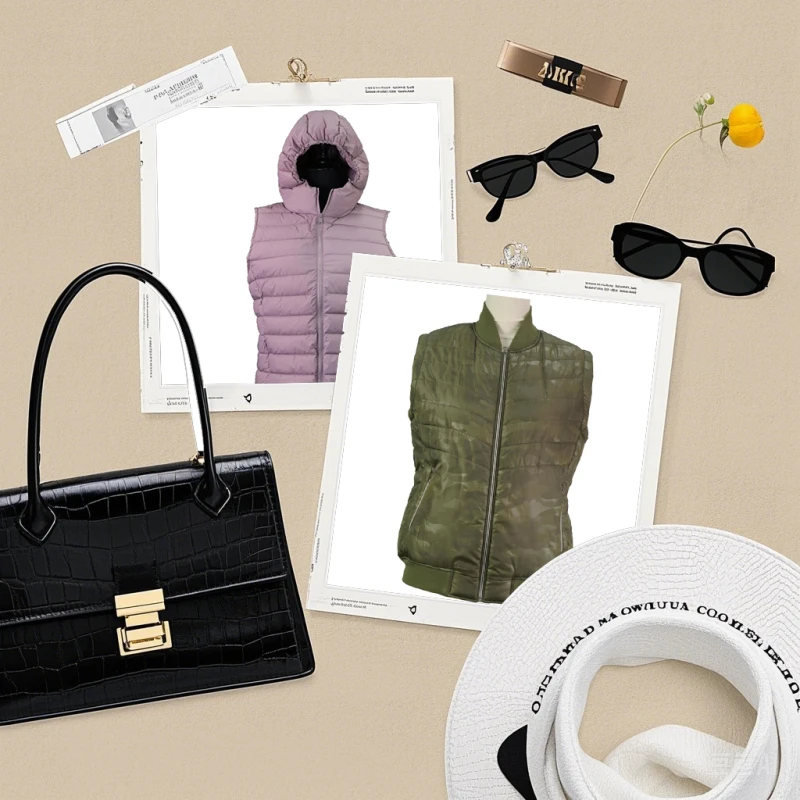
The picture shows a comparison of two vests. The lavender one is a down vest, which creates a sense of warmth with soft and fluffy filling; the green one is a quilted vest, which shows a neat style through the stitching design. Both have their own characteristics.
Comparative Analysis: Down Puffer Vests vs. Quilted Vests
To provide a clearer comparison, let's examine the two vest types across various parameters:
| Parameter | Down Puffer Vests | Quilted Vests |
|---|---|---|
| Insulation | Natural down offers superior warmth-to-weight ratio. | Varies based on fill; synthetic options may provide warmth but can be bulkier. |
| Weight | Generally lightweight due to high loft of down. | Weight varies depending on insulation material; synthetic fills can add weight. |
| Compressibility | Highly compressible, ideal for packing. | Depends on insulation; synthetic fills may be less compressible. |
| Moisture Handling | Down can lose insulating properties when wet; requires water-resistant shell. | Synthetic insulation retains warmth when wet; better suited for damp conditions. |
| Durability | Requires careful maintenance; prone to clumping if not properly cared for. | Typically more durable and easier to care for, especially with synthetic fills. |
| Aesthetics | Puffy appearance; casual look. | Sleek, tailored designs suitable for various settings. |
Personal Reflection: Choosing Between the Two
Reflecting on personal experiences, the choice between a down puffer vest and a quilted vest often hinges on specific needs and environments. For instance, during a winter hiking trip in the Rockies, the lightweight warmth of a down puffer vest proved invaluable, offering insulation without restricting movement. Conversely, attending a casual evening gathering in a damp coastal town, a quilted vest with synthetic insulation provided comfort and a touch of sophistication, all while handling the moisture-laden air effectively.
JIANGSU OVERSEAS FAREAST INDUSTRIAL CO., LTD.: Crafting Quality Vests
Established in 2016, JIANGSU OVERSEAS FAREAST INDUSTRIAL CO., LTD. has rapidly positioned itself as a key player in the garment and textile industry. With a comprehensive approach encompassing design, processing, production, and sales, the company offers a diverse range of apparel, including both down puffer vests and quilted vests.
Company Highlights:
Design and R&D Centers: The company boasts dedicated design, sample, and R&D centers in China, ensuring innovative and tailored designs that meet global fashion trends.
Manufacturing Prowess: With a factory equipped with over 400 design management personnel and professional technicians, operating 10 garment production lines, the company produces approximately 80,000 garments monthly.
Global Presence: Expanding beyond China, the company has established factories and offices in Myanmar, Vietnam, and Cambodia, employing over 4,000 individuals and achieving an annual production capacity of about 10 million garments.
Certifications: Adherence to international standards is evident with BSCI and WRAP certifications, underscoring a commitment to ethical and sustainable manufacturing practices.
Integrating Down Puffer and Quilted Vests into the Product Line
Understanding the distinct advantages of both vest types, JIANGSU OVERSEAS FAREAST INDUSTRIAL CO., LTD. has curated a product line that caters to diverse consumer needs:
Down Puffer Vests: Designed for those seeking lightweight warmth, these vests utilize high-quality down insulation, ensuring comfort in colder climates.
Quilted Vests: Combining style with functionality, the quilted vests feature various insulation materials, offering versatility for different weather conditions and fashion preferences.
Conclusion
The choice between a down puffer vest and a quilted vest ultimately depends on individual needs, environmental conditions, and style preferences. Down puffer vests excel in providing unparalleled warmth-to-weight ratios, making them ideal for cold, dry conditions.
